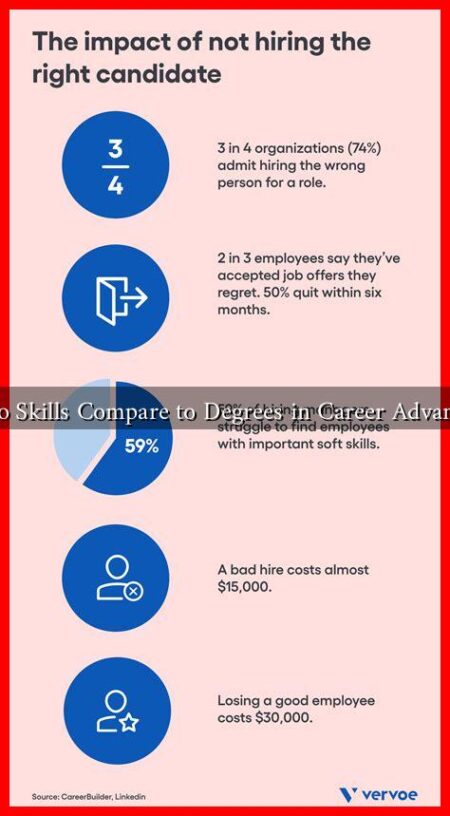-
Table of Contents
What Impact Does Workplace Flexibility Have on Motivation in 2025
As we move further into the 2020s, the concept of workplace flexibility has evolved from a mere perk to a fundamental aspect of organizational culture. By 2025, the impact of flexible work arrangements on employee motivation has become increasingly significant, reshaping how businesses operate and how employees engage with their work. This article explores the multifaceted effects of workplace flexibility on motivation, supported by relevant examples, case studies, and statistics.
The Rise of Workplace Flexibility
Workplace flexibility encompasses various arrangements, including remote work, flexible hours, and hybrid models. The COVID-19 pandemic accelerated the adoption of these practices, leading to a permanent shift in how organizations approach work. According to a report by McKinsey, 58% of employees in the U.S. have the option to work remotely at least one day a week, a trend that is expected to continue into 2025.
Understanding Motivation in the Modern Workplace
Motivation is a critical driver of employee performance and satisfaction. In 2025, understanding what motivates employees is essential for organizations aiming to retain talent and enhance productivity. The Self-Determination Theory (SDT) posits that motivation is influenced by three core needs: autonomy, competence, and relatedness. Workplace flexibility directly addresses these needs:
- Autonomy: Flexible work arrangements allow employees to choose when and where they work, fostering a sense of control over their schedules.
- Competence: Employees can tailor their work environments to suit their productivity styles, enhancing their ability to perform tasks effectively.
- Relatedness: Flexible arrangements can facilitate better work-life balance, allowing employees to engage more meaningfully with their personal lives and relationships.
The Positive Impact of Flexibility on Motivation
Research indicates that workplace flexibility has a profound positive impact on employee motivation. Here are some key benefits:
- Increased Job Satisfaction: A study by Gallup found that employees with flexible work options report higher job satisfaction levels, which correlates with increased motivation.
- Enhanced Productivity: According to a report from Stanford University, remote workers showed a 13% increase in productivity compared to their in-office counterparts.
- Reduced Burnout: Flexibility helps employees manage their workloads better, leading to lower stress levels and reduced burnout rates. A survey by Buffer revealed that 27% of remote workers cited work-life balance as their primary benefit.
Case Studies: Companies Leading the Way
Several organizations have successfully implemented flexible work policies, resulting in heightened employee motivation and performance:
- Salesforce: The tech giant introduced a hybrid work model that allows employees to choose their work environment. This approach has led to a 30% increase in employee engagement scores.
- Microsoft Japan: In a bold experiment, Microsoft Japan implemented a four-day workweek, resulting in a 40% boost in productivity and improved employee morale.
- Buffer: As a fully remote company, Buffer has embraced flexibility from its inception. Their annual reports indicate high levels of employee satisfaction and retention, attributed to their flexible work culture.
Challenges and Considerations
While the benefits of workplace flexibility are clear, organizations must also navigate potential challenges:
- Communication Barriers: Remote work can lead to feelings of isolation and hinder collaboration if not managed effectively.
- Performance Measurement: Traditional metrics may not accurately reflect the productivity of remote workers, necessitating new evaluation methods.
- Equity Issues: Not all employees may have access to the same resources at home, leading to disparities in performance and motivation.
Conclusion
As we look ahead to 2025, the impact of workplace flexibility on motivation is undeniable. Organizations that embrace flexible work arrangements are likely to see increased job satisfaction, enhanced productivity, and reduced burnout among their employees. However, it is crucial for businesses to address the challenges that come with flexibility to ensure that all employees can thrive in this new work environment. By fostering a culture of flexibility, companies can not only motivate their workforce but also position themselves as leaders in the evolving landscape of work.
For further insights on workplace flexibility and its implications, you can explore resources from Gallup and McKinsey.



